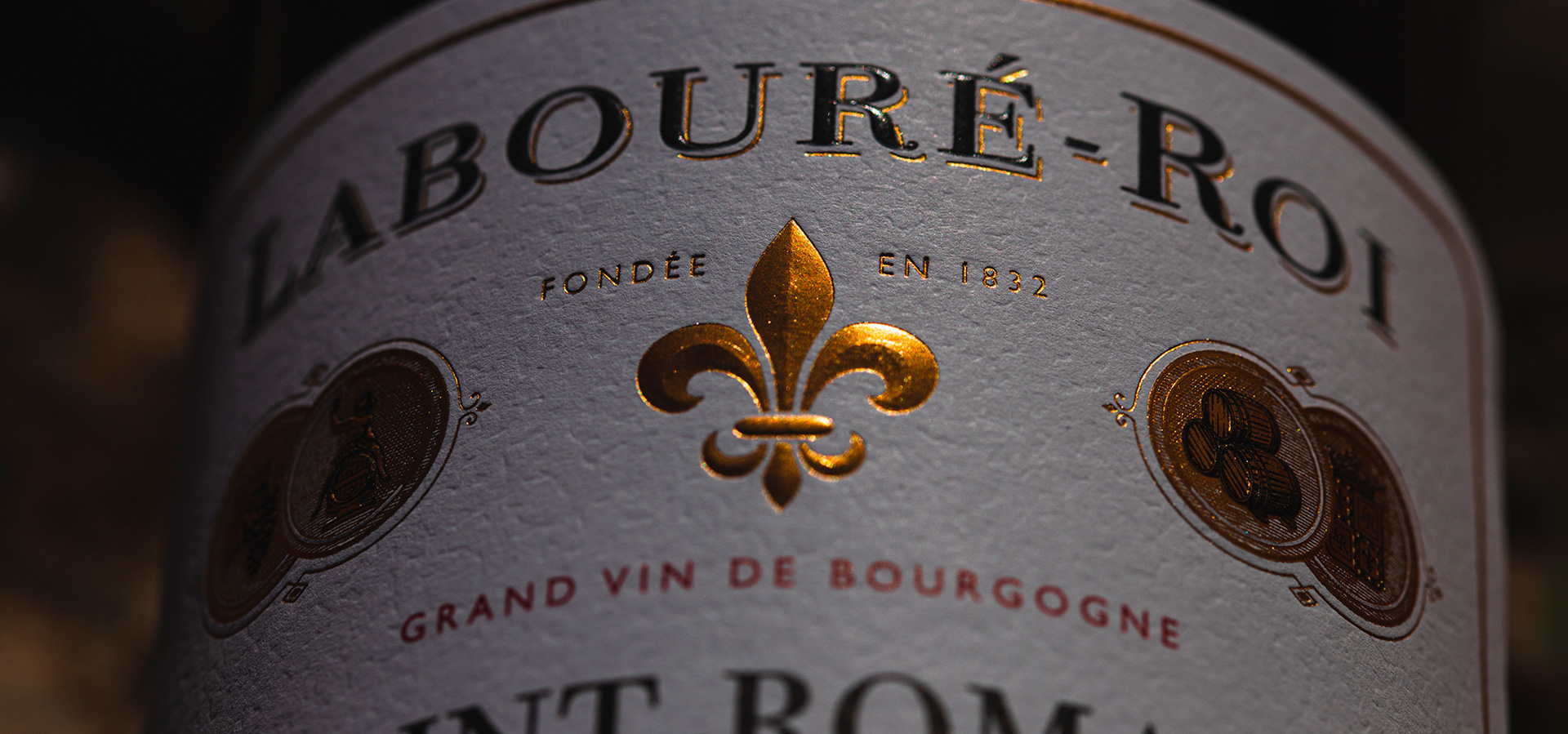
100 % Pinot Noir.
Colour: A brilliant garnet red.
Nose: Red berry fruits (cherry), spices and a discreet woodiness.
Palate: An elegant wine, soft and pleasant, presenting a fat, strong attack with mature tannins. This is a supple, fine and elegant wine.
It will be the perfect companion to the traditional Burgundian dishes made with pinot noir sauce such as poached eggs « œufs en meurette », but also grilled lamb cutlets, donkey meat sausage, a spicy pizza, roasted beef or creamy cheese.
Serve ideally at around 15°C. (59°F.).
This wine can be enjoyed now or it can be kept for up to 2 to 4 years in optimal conditions.
The area of the Côte de Beaune-Villages appellation spreads across 14 villages: Auxey Duresses, Blagny, Chassagne Montrachet, Chorey lès Beaune, Ladoix, Maranges, Meursault, Monthélie, Pernand Vergelesses, Puligny Montrachet, Saint-Aubin, Saint-Romain, Santenay, and Savigny lès Beaune. These villages can, for their red wines, choose to produce wine under their own appellation or under the Côte de Beaune-Villages appellation.
Brown limestone soil, with red stones, ferruginous oolites, yellow limestone, marls, clay, and sand. Varied slopes, often fairly inclined. South-eastern and southern exposure. Altitudes from 180 to 280 meters.
The harvest is picked by hand. The grapes are sorted out in the vineyard and at the arrival at the winery. They are crushed and destemmed before being macerated on a tank at a temperature of 8-10°C during 5 days (cold maceration). Then the alcoholic fermentation begins with punching down twice a day (during 2 weeks). The wine obtained is then aged for a part in stainless tank (70%) and the other part in barrel (30%) for 12 months.
From November 2021 to January 2022, there was abundant rain, followed by cool months in February and March, which delayed budding and prevented frost. May was particularly warm, favouring good flowering, but June was marked by hot mornings and violent thunderstorms in the afternoon. In July, intense heat led to water stress, slowing down the ripening of the vines, depending on the plot.
Work in the vines influenced the results, with some plots producing an excellent vintage, while others suffered from dehydration. Most of the harvest began at the beginning of September, with beneficial rain falling at the end of the day or at night, allowing the grapes to offer a good balance between sugar content and acidity.
Harvesting finished in mid-September, with production close to normal despite variable volumes. The 2022 wines have notes of ripe fruit, while retaining their freshness. They are generous and well-balanced.